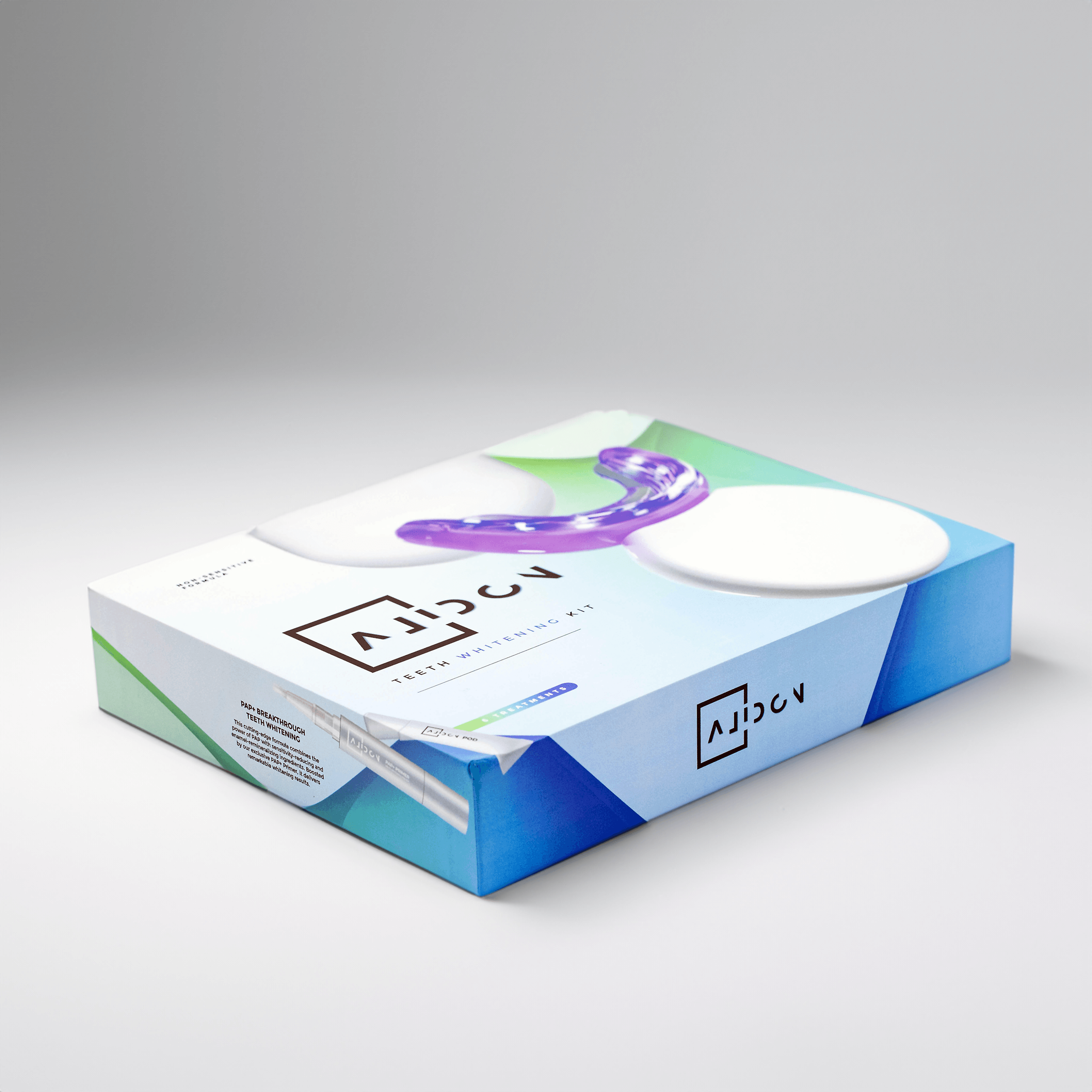Understanding the Root Canal Procedure: A Comprehensive Guide
A root canal procedure is a common dental treatment that involves removing the infected or damaged pulp inside a tooth and replacing it with a filling material. The procedure is usually performed to save a tooth that would otherwise need to be extracted. It is often associated with pain and discomfort, but it is a safe and effective way to preserve your natural teeth.
This guide will walk you through the entire process, from the initial stages to the final steps, and help you understand why it is sometimes necessary.
Why You Might Need a Root Canal
A root canal is necessary when the pulp, the soft tissue inside the tooth, becomes infected or inflamed. This can happen due to a variety of reasons, including:
- Deep cavities: When a cavity goes deep into the tooth, it can reach the pulp, causing infection.
- Cracked or chipped teeth: Cracks or chips in the tooth can expose the pulp to bacteria, leading to infection.
- Trauma to the tooth: A blow to the tooth can damage the pulp, causing inflammation or infection.
| Reason for Root Canal | Description |
|---|---|
| Deep cavities | When a cavity reaches the pulp, it can cause infection. |
| Cracked or chipped teeth | Cracks or chips can expose the pulp to bacteria, leading to infection. |
| Trauma to the tooth | A blow to the tooth can damage the pulp. |
What Happens During a Root Canal Procedure?
A root canal procedure is typically performed in one or two appointments. Here is a step-by-step breakdown of the process:
-
Anesthesia: The dentist will numb the area around the affected tooth with a local anesthetic.
-
Dental Dam: A rubber sheet called a dental dam is placed around the tooth to isolate it from saliva and other fluids.
-
Opening the Tooth: The dentist will drill a small hole in the tooth to access the pulp chamber.
-
Removing the Pulp: The infected or damaged pulp is removed using specialized instruments.
-
Cleaning and Shaping the Canals: The canals are cleaned and shaped to remove any remaining bacteria or debris.
-
Filling the Canals: The canals are filled with a rubber-like material called gutta-percha.
- Sealing the Tooth: The hole in the tooth is sealed with a filling or a crown.
Recovering from a Root Canal
Most people experience little to no discomfort after a root canal. However, some may experience mild pain or tenderness for a few days. You can manage any discomfort with over-the-counter pain relievers, such as ibuprofen or acetaminophen.
Here are some tips for recovering from a root canal:
- Avoid chewing on the treated tooth until the filling or crown is placed.
- Brush and floss gently around the treated tooth.
- Schedule a follow-up appointment with your dentist to ensure the procedure is successful.
The Importance of Maintaining Good Oral Hygiene
A root canal is a complex procedure that requires careful attention to detail. However, it is only one part of maintaining good oral health. To prevent the need for a root canal in the future, it is essential to practice good oral hygiene habits.
Here are some helpful tips:
- Brush your teeth twice a day with fluoride toothpaste: This helps remove plaque and bacteria, which can lead to cavities.
- Floss at least once a day: Flossing helps remove plaque and food particles from between your teeth.
- See your dentist for regular checkups and cleanings: This allows your dentist to identify any potential problems early on.
How Alidon Can Help You Maintain a Healthy Smile
Alidon, a leader in oral health, offers a range of products designed to help you maintain a healthy smile. Their products have been vetted, tested, approved and trusted, and are an excellent addition to your oral hygiene routine.
| Alidon Product | Description |
|---|---|
| Teeth Whitening Kit | Alidon's Teeth Whitening Kit uses a safe and effective formula to brighten your smile. |
| Teeth Transformation Kit | This kit provides you with the tools and guidance to achieve a straighter smile. |
| Smile Aligner Kit | Designed to gently and gradually align your teeth, the Smile Aligner Kit offers discreet and comfortable treatment. |
https://alidon.co.za/products/stage-1-mouthpiece
https://alidon.co.za/products/smile-aligner-kit
https://alidon.co.za/products/stage-2-mouthpiece
https://alidon.co.za/products/stage-3-mouthpiece
https://alidon.co.za/products/teeth-transformation-kit
https://alidon.co.za/products/teeth-whitening-kit
Conclusion
Root canal treatment is a common and effective way to save a tooth that is infected or damaged. Although it may seem daunting, it is essential to remember that your dentist is highly trained and skilled in performing this procedure. By practicing good oral hygiene and using trusted products like those offered by Alidon, you can help prevent the need for a root canal in the future.
FAQ
Q: Is a root canal painful?
A: Most people experience little to no discomfort after a root canal. Your dentist will use a local anesthetic to numb the area, so you shouldn't feel any pain during the procedure.
Q: How long does a root canal procedure take?
A: The time it takes to complete a root canal procedure can vary depending on the complexity of the case. However, most procedures can be completed in one or two appointments.
Q: How much does a root canal cost?
A: The cost of a root canal can vary depending on your location and your dentist's fees. It is advisable that you discuss the costs with your dentist before the procedure.









